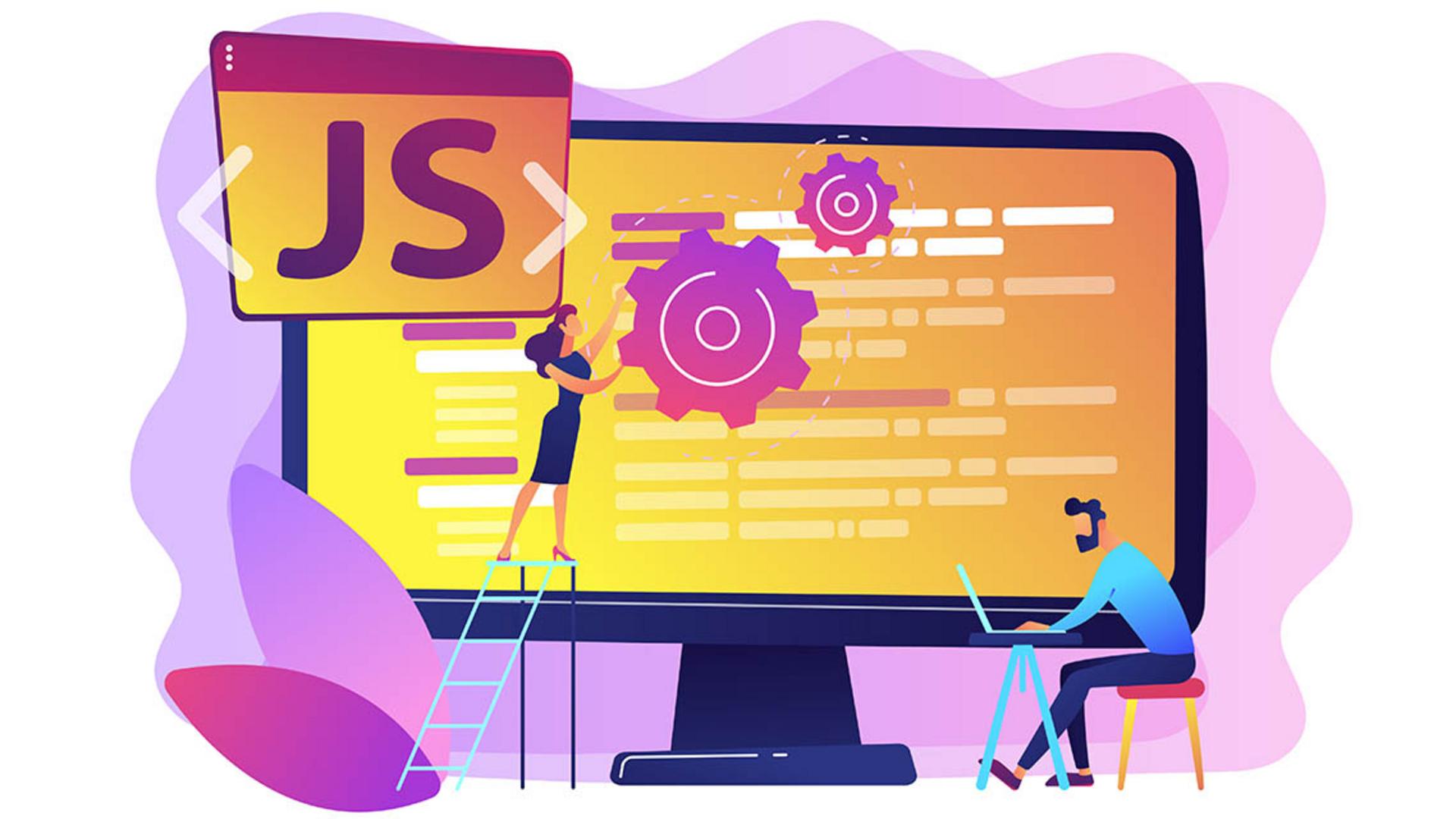Difference Between Frameworks and Microframeworks
 Balaji Batchu
Balaji Batchu
Introduction:
In the world of software development, frameworks and microframeworks play a significant role in building robust and scalable applications. While they share similarities in providing a foundation for application development, they differ in terms of their architecture, features, and use cases.
In this article, we will explore the "key differences between frameworks and microframeworks", along with relevant examples, to help you understand their distinct characteristics and choose the right tool for your development needs.
Section 1: Understanding Frameworks
1.1 Definition and Purpose:
Frameworks are comprehensive tools that provide a structured approach to application development.
They offer a complete set of features, libraries, and tools to support various components of an application.
1.2 Key Features of Frameworks:
Opinionated structure: Frameworks often enforce a specific architecture and design patterns, promoting consistency and maintainability.
Extensibility: They provide extension points and allow developers to customize and add functionalities.
Abstraction: Frameworks abstract complex tasks, providing higher-level APIs for common functionalities such as routing, database access, and user authentication.
1.3 Examples of Frameworks:
Django (Python): Django is a powerful framework for web development, providing features like ORM, template engine, and URL routing.
Ruby on Rails (Ruby): Ruby on Rails follows the MVC architectural pattern and includes built-in tools for database access, testing, and deployment.
Express.js (JavaScript): Express.js is a popular framework for Node.js, simplifying the creation of web applications and APIs.
Section 2: Exploring Microframeworks
2.1 Definition and Purpose:
Microframeworks are lightweight tools that focus on minimalism and simplicity.
They provide essential features and allow developers to have more control over the application structure.
2.2 Key Features of Microframeworks:
Minimalistic design: Microframeworks offer a stripped-down set of features, allowing developers to choose and add only what is needed.
Flexibility: Developers have more freedom to define the application architecture, choose libraries, and make design decisions.
Lightweight footprint: Microframeworks have smaller codebases and lower resource requirements, making them suitable for small projects and microservices.
2.3 Examples of Microframeworks:
Flask (Python): Flask is a microframework that focuses on simplicity and flexibility, providing basic functionalities for web development.
Sinatra (Ruby): Sinatra is a lightweight framework for building web applications with Ruby, offering minimal abstractions and easy configuration.
Express.js (JavaScript): Express.js can also be considered a microframework, as it allows developers to build web applications with minimal overhead.
Section 3: Key Differences Between Frameworks and Microframeworks
3.1 Size and Complexity:
Frameworks tend to be larger and more complex, offering a wide range of features and abstractions.
Microframeworks have a smaller codebase and offer fewer pre-defined features, allowing for a simpler and more lightweight development process.
3.2 Opinions vs. Flexibility:
Frameworks impose more opinions and conventions, providing a structured approach to development.
Microframeworks offer greater flexibility, allowing developers to make more decisions and customize the application architecture.
3.3 Use Cases:
Frameworks are suitable for large-scale projects that require a comprehensive set of features and follow established conventions.
Microframeworks are ideal for small to medium-sized projects, prototypes, and microservices, where simplicity, speed, and flexibility are priorities.
Conclusion:
Frameworks and microframeworks are valuable tools in application development, each serving different needs and use cases. Frameworks offer a comprehensive and opinionated approach, while microframeworks
focus on simplicity and flexibility. Choosing the right tool depends on the project requirements, team expertise, and scalability considerations.
Frameworks like Django, Ruby on Rails, and Express.js provide extensive features, enforce conventions, and streamline the development process for large-scale applications. They are well-suited for teams that prefer a structured approach and value code organization and maintainability.
On the other hand, microframeworks such as Flask, Sinatra, and Express.js (in a minimal configuration) offer lightweight solutions with fewer abstractions. They are suitable for smaller projects, prototypes, or microservices, where simplicity, customization, and speed are important. Microframeworks give developers the freedom to make architectural decisions, choose their own libraries, and have a more hands-on approach to development.
It's worth noting that frameworks can also be used to build smaller projects, and microframeworks can be extended with additional libraries to add more features. The distinction between frameworks and microframeworks is not rigid, and the choice between them depends on the specific project requirements and development philosophy.
Understanding the difference between frameworks and microframeworks helps developers make informed decisions when selecting the right tool for their projects. Frameworks provide a comprehensive set of features and opinions, while microframeworks offer simplicity and flexibility.
By considering the project's scope, team dynamics, and development goals, developers can choose the most suitable option to efficiently build robust and scalable applications.
Happy Coding ✨
Subscribe to my newsletter
Read articles from Balaji Batchu directly inside your inbox. Subscribe to the newsletter, and don't miss out.
Written by

Balaji Batchu
Balaji Batchu
Recent Graduate with deep computer science knowledge. I am an expeditious learner and tech enthusiast, and I am still exploring a lot. Frontend Developer, who excels the React with state management tools Redux and zustand. Always been thrilled to solve problems using python. Love to play with Data structures and Algorithms. I am passionate about my work and always look to help my peer devs to share my experiences and learnings to give them a hand to push them forward in their devine knowledge path.